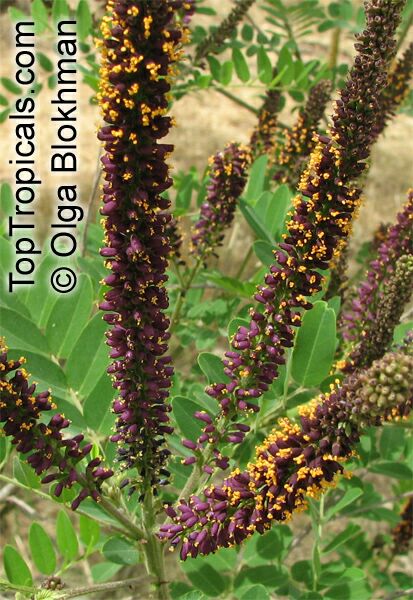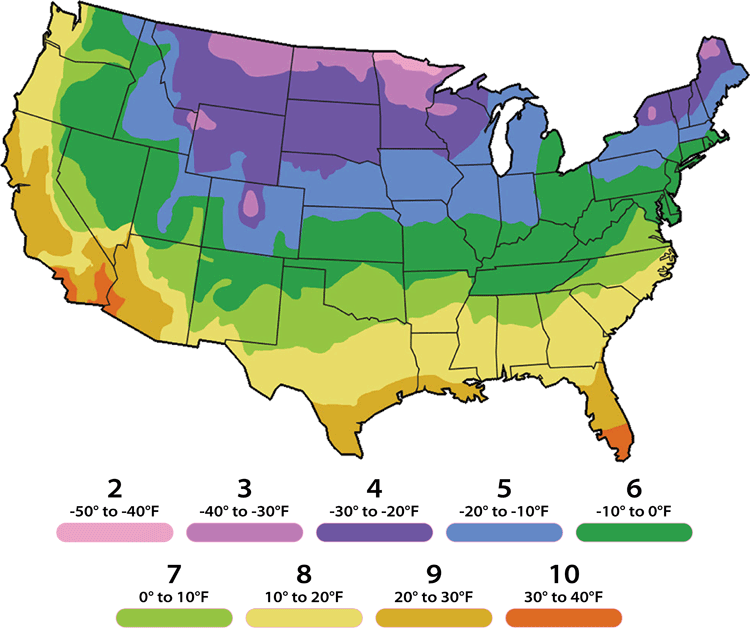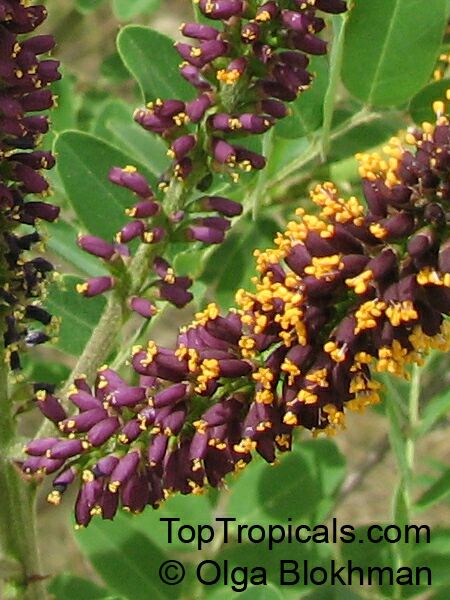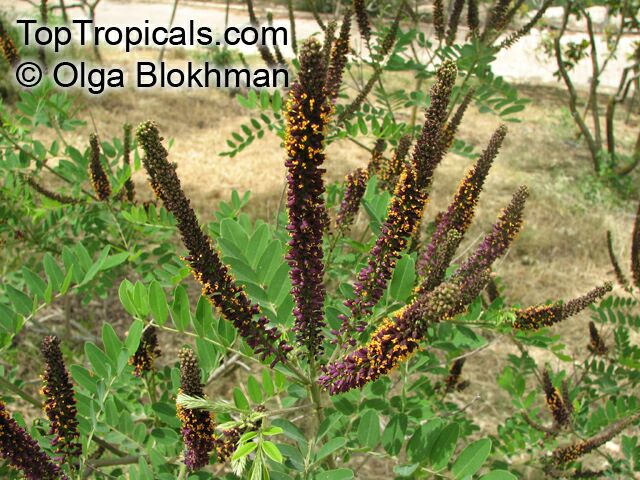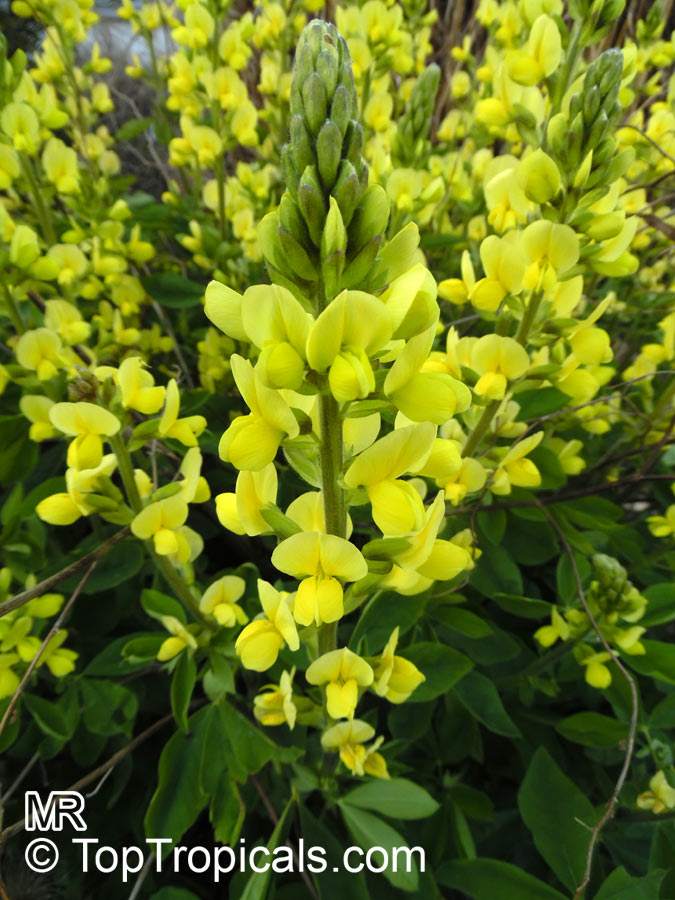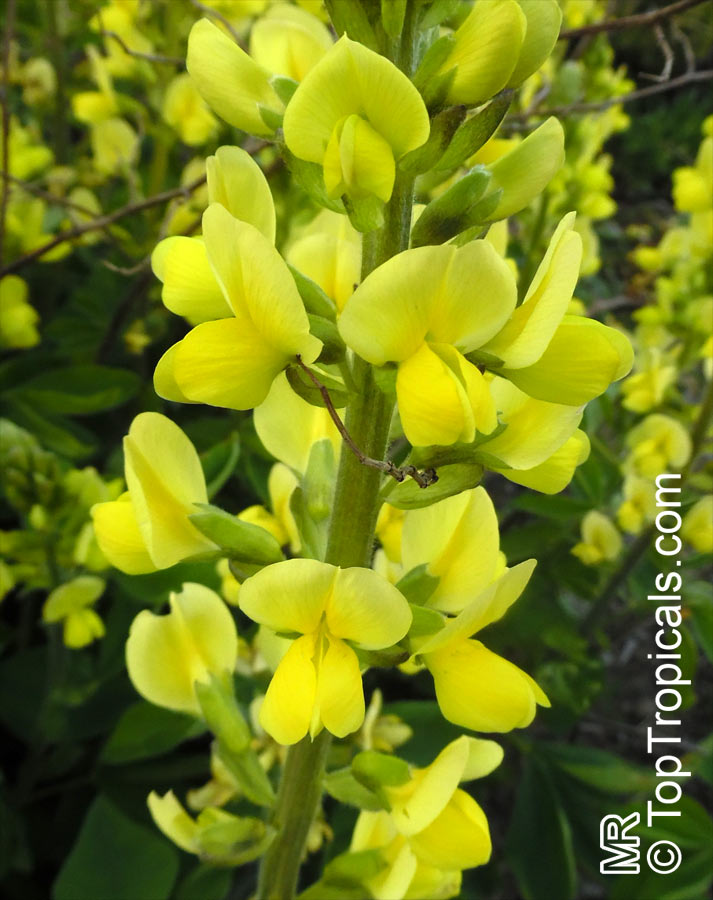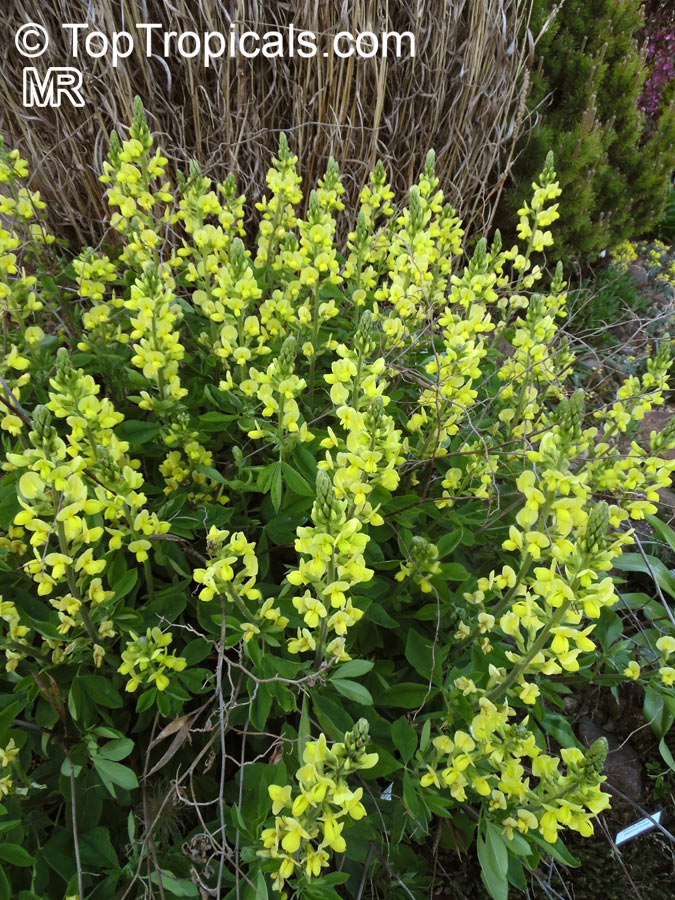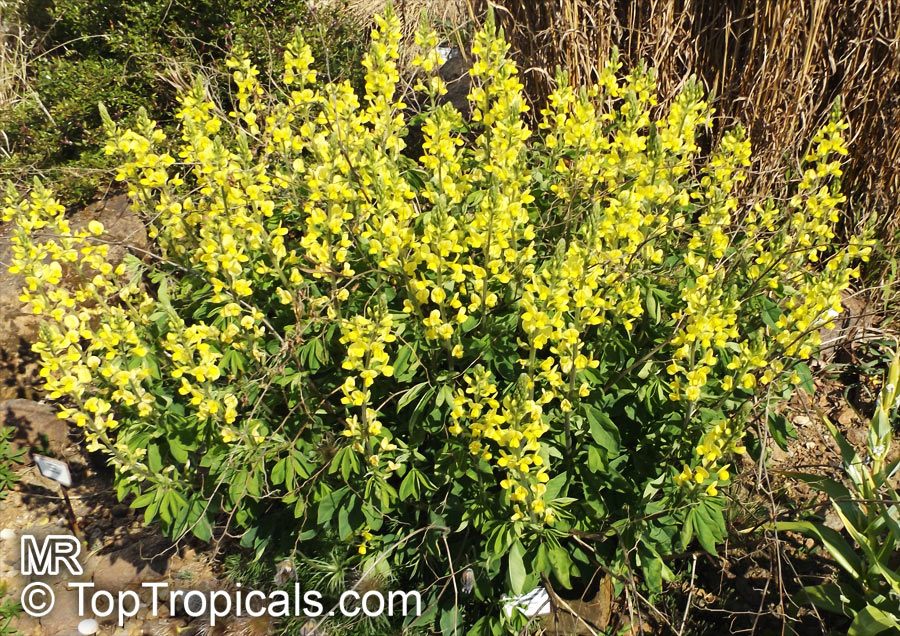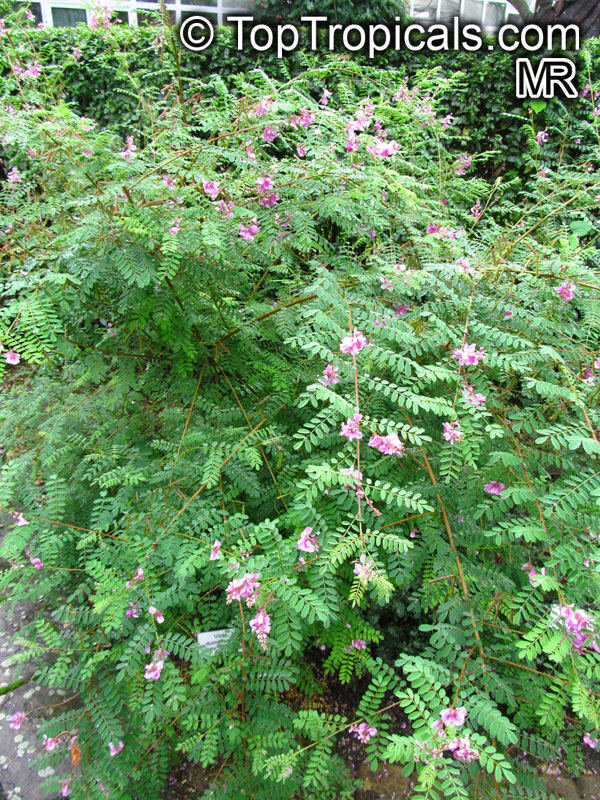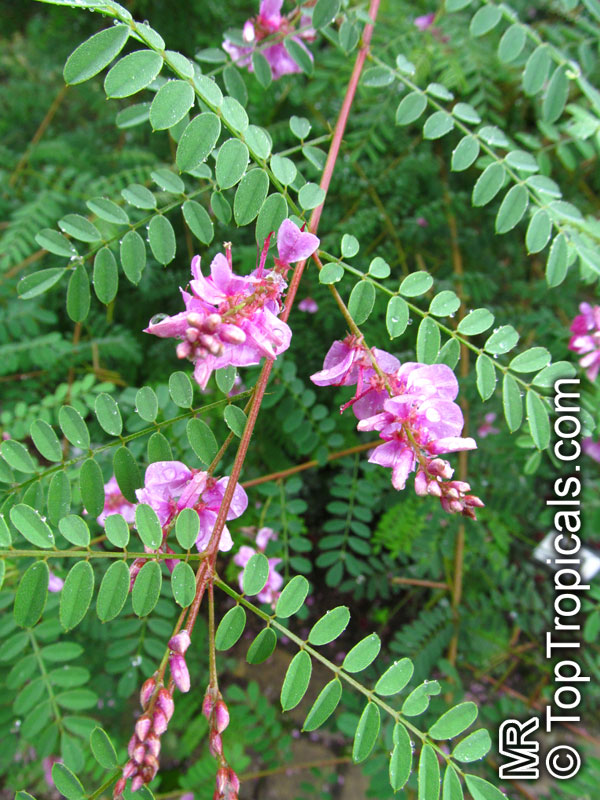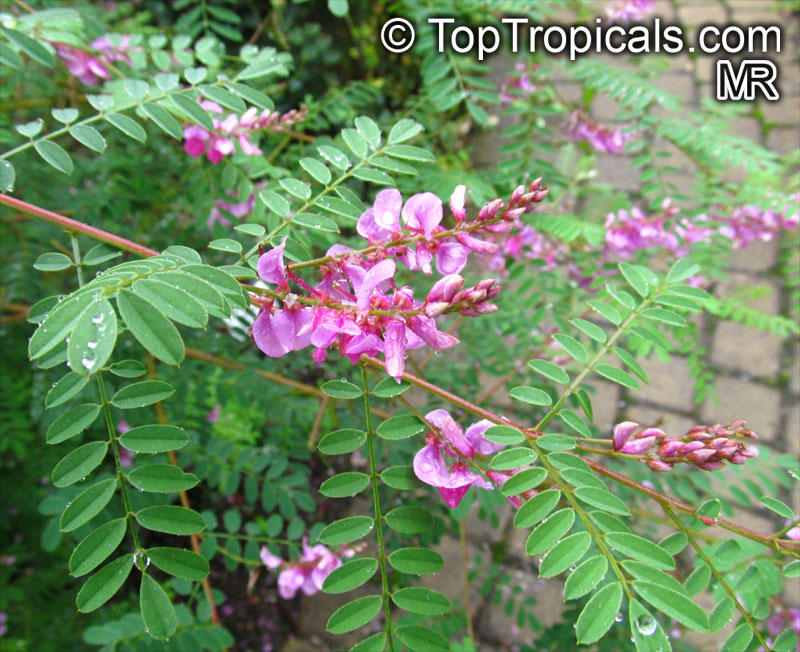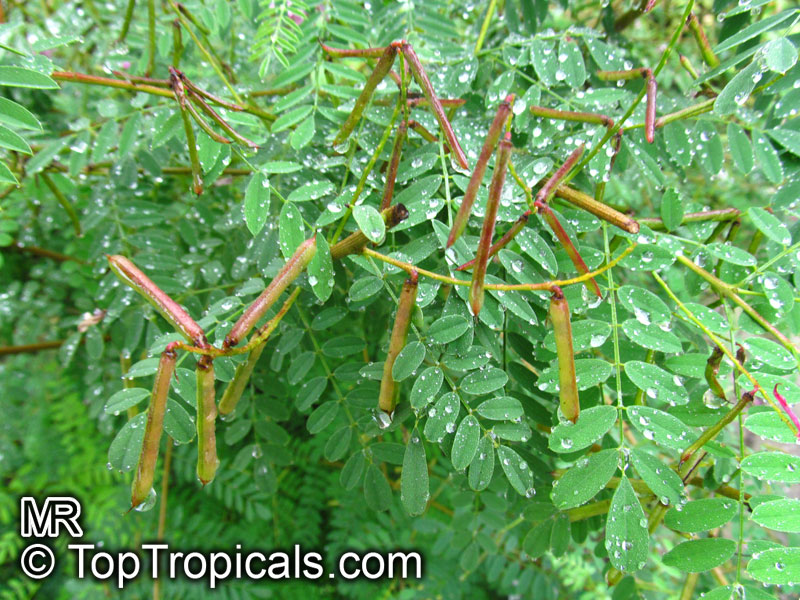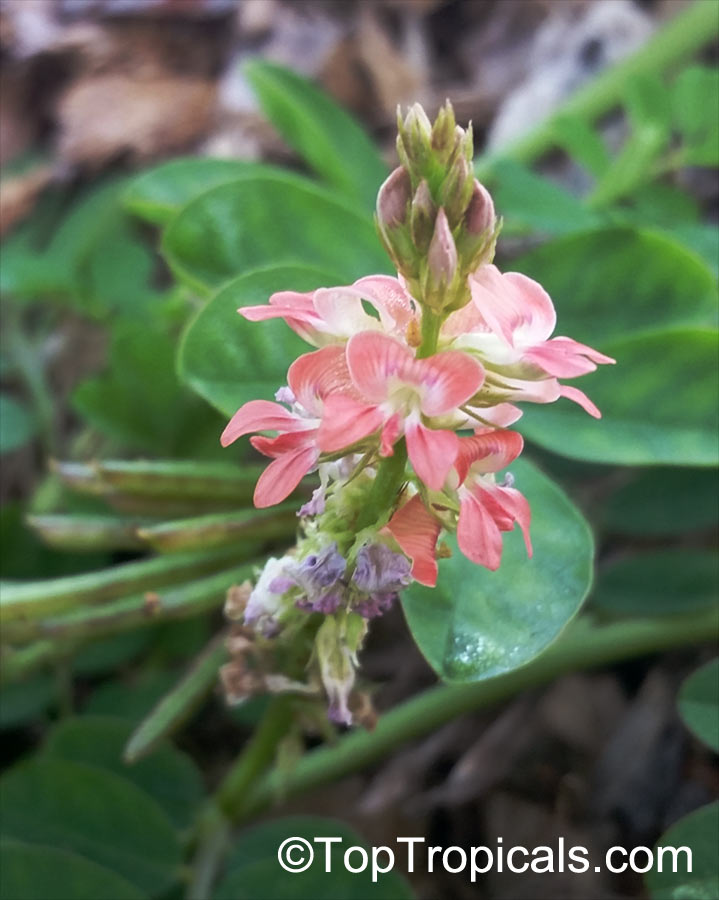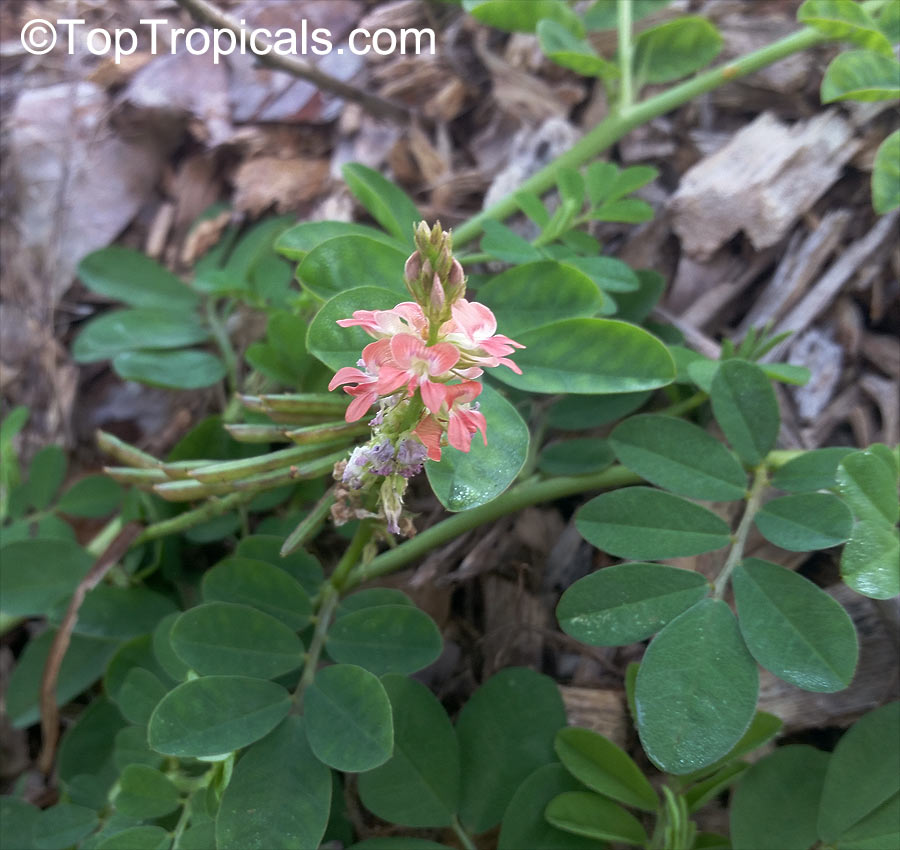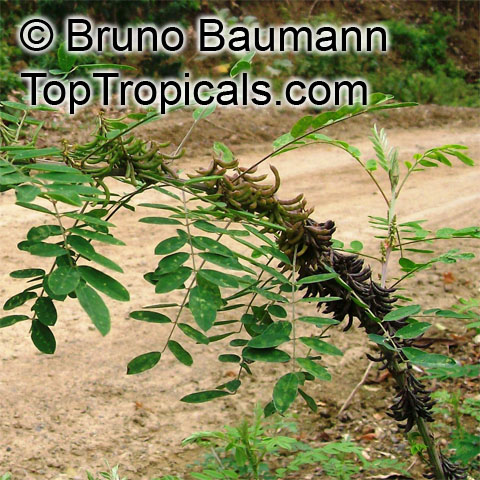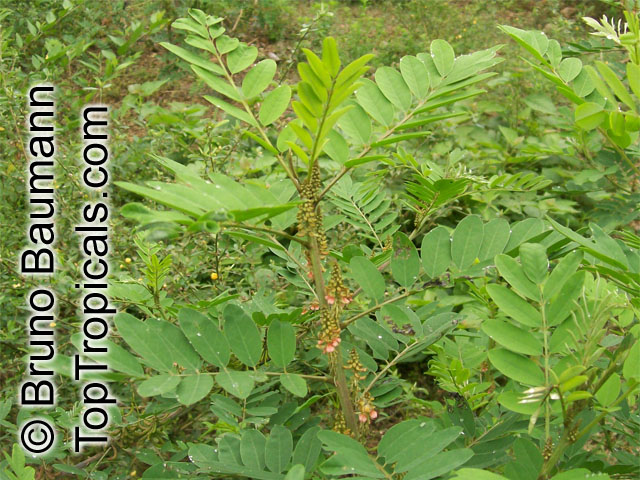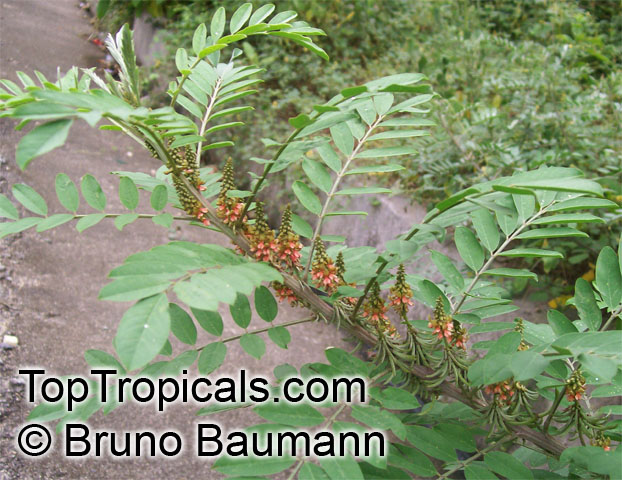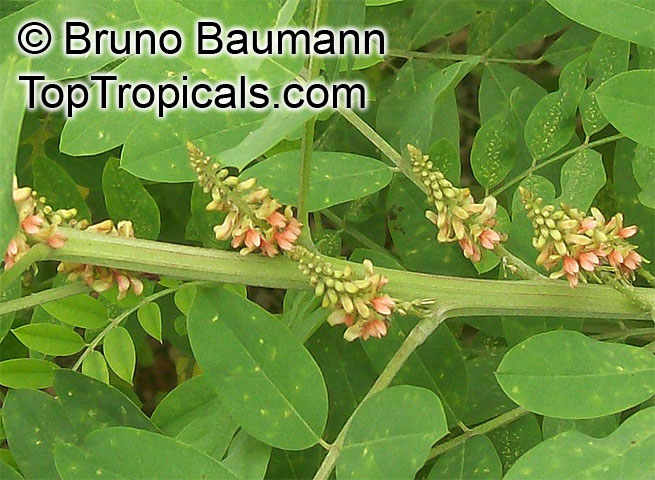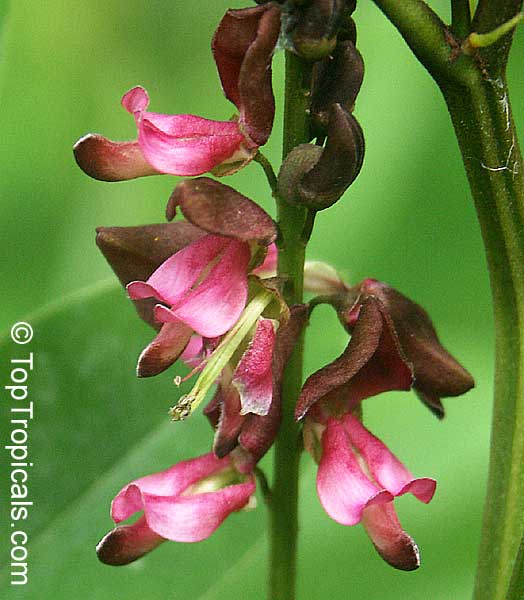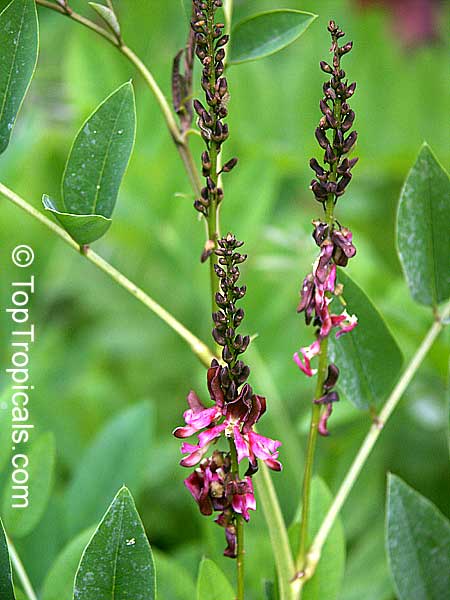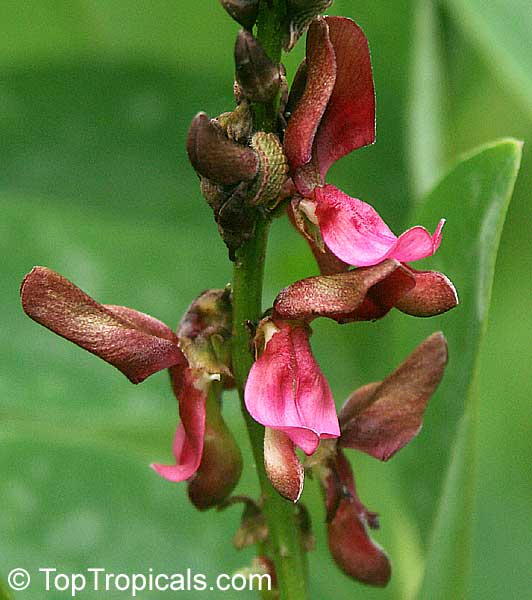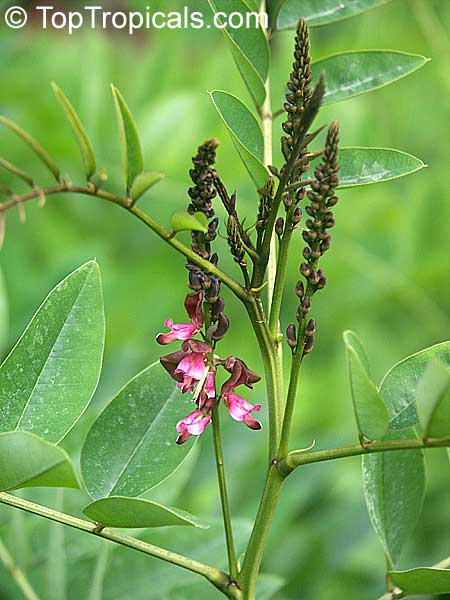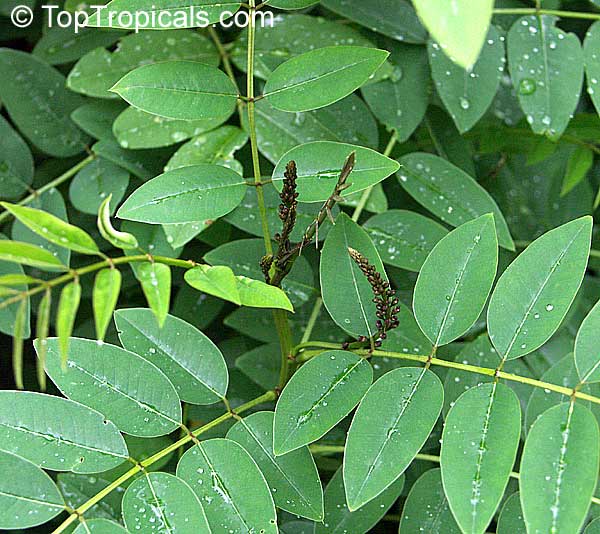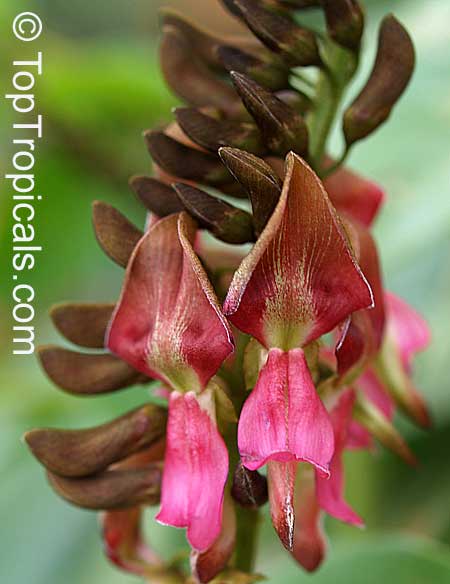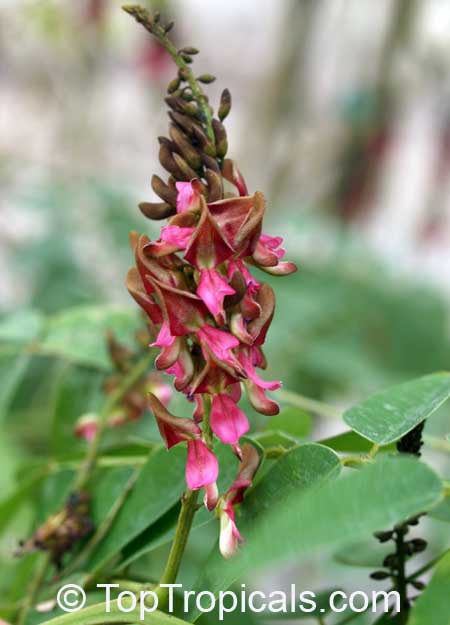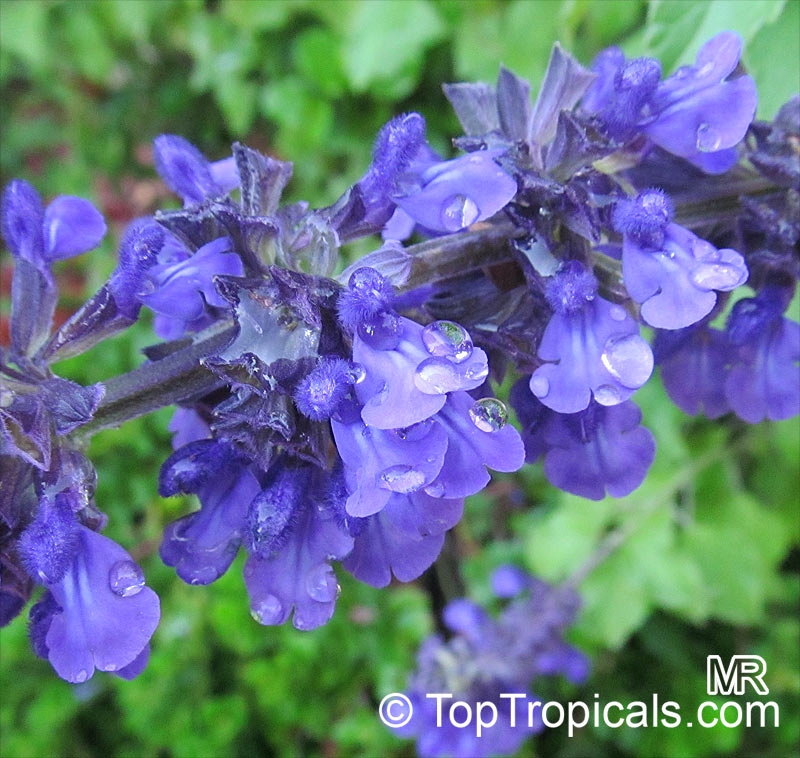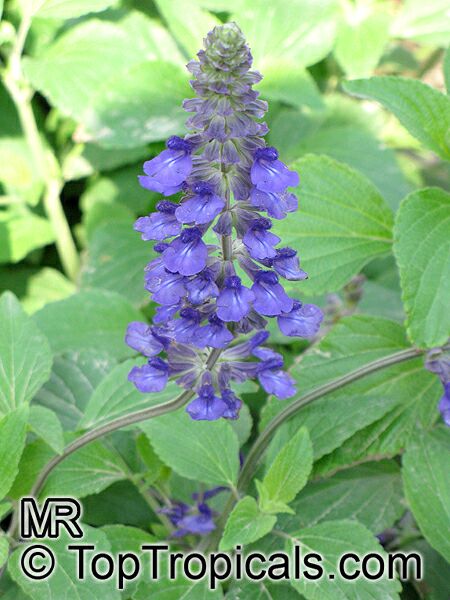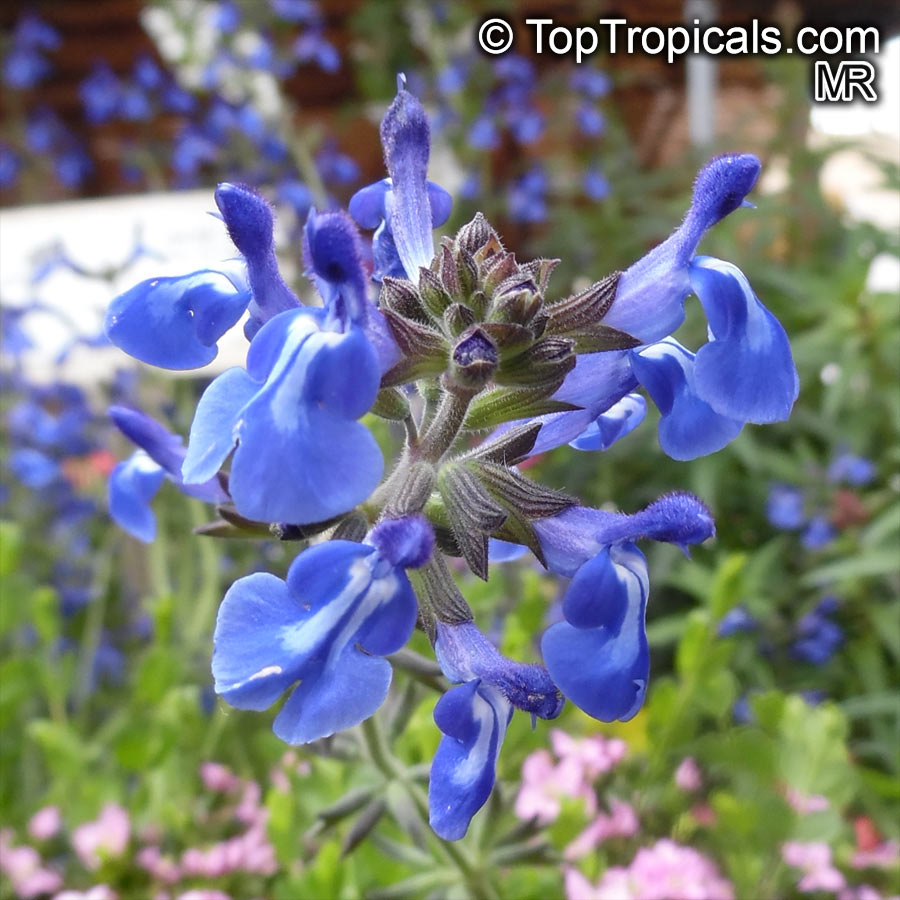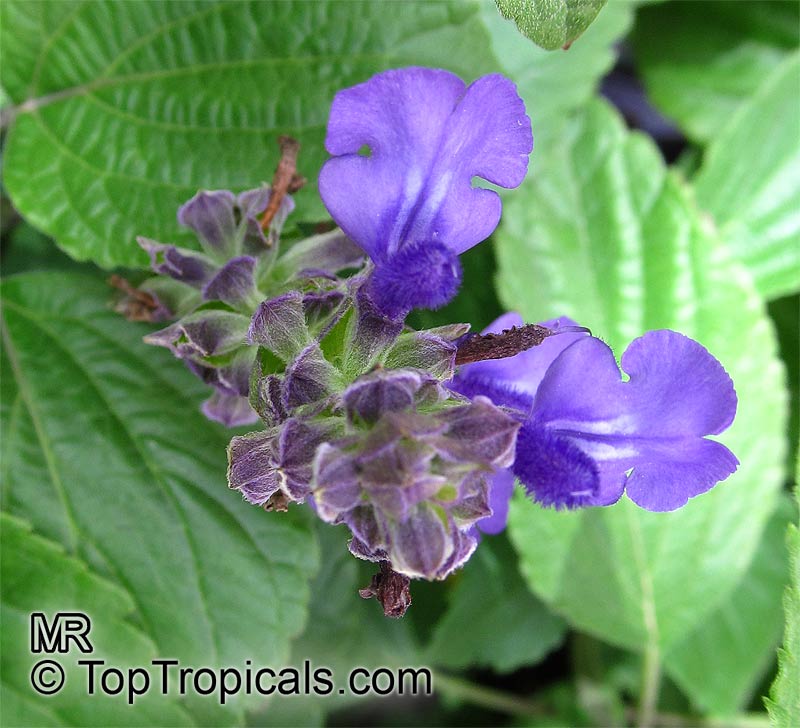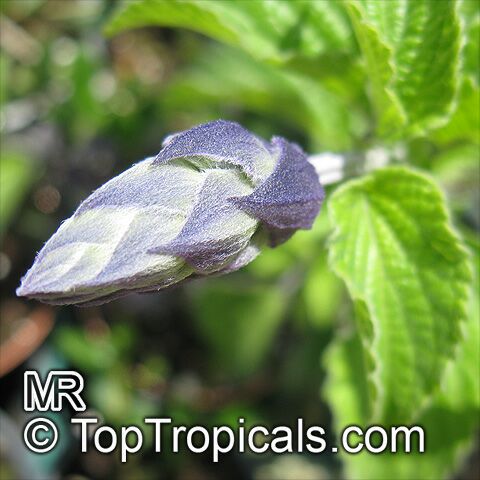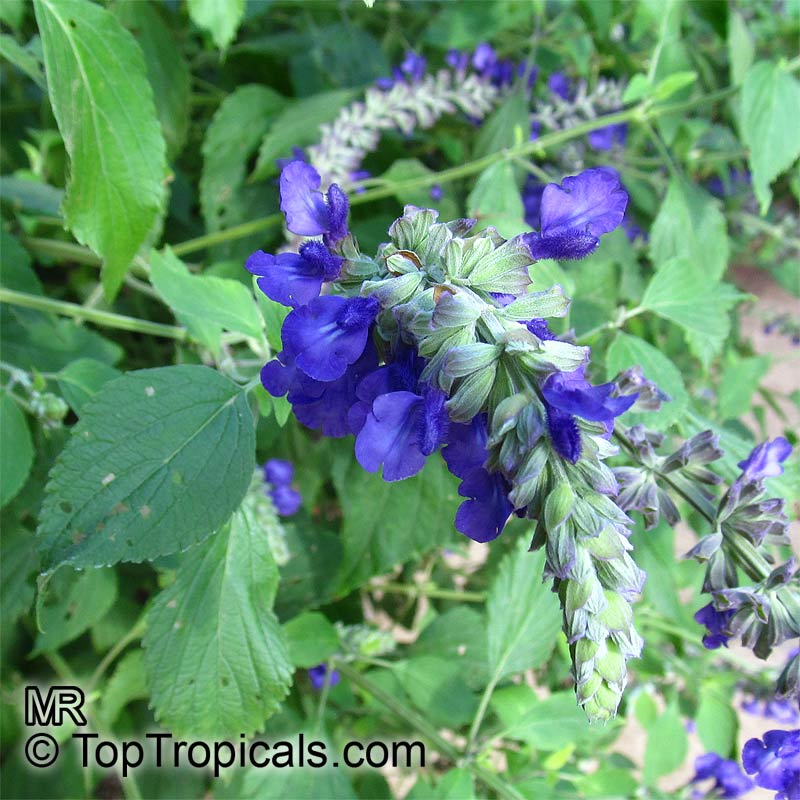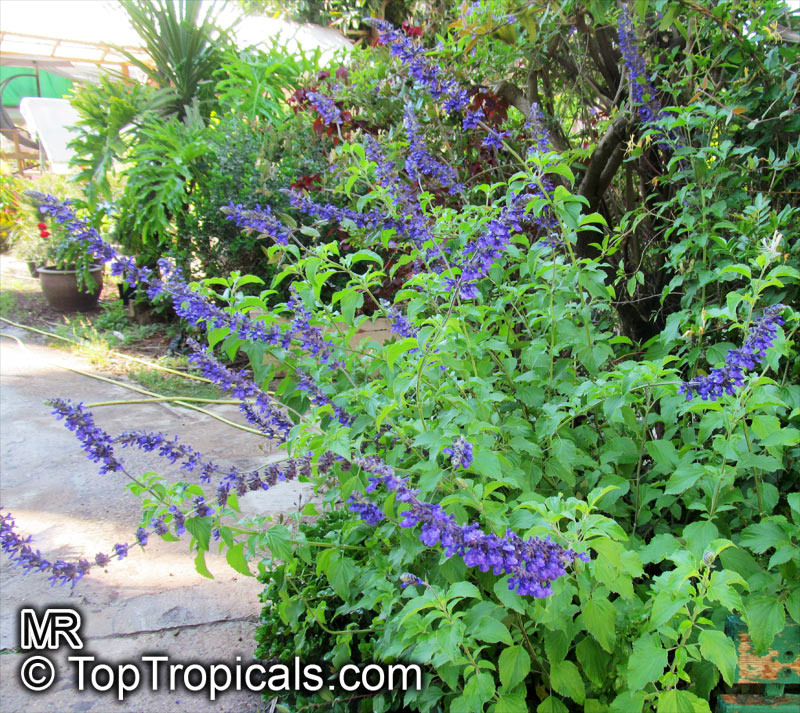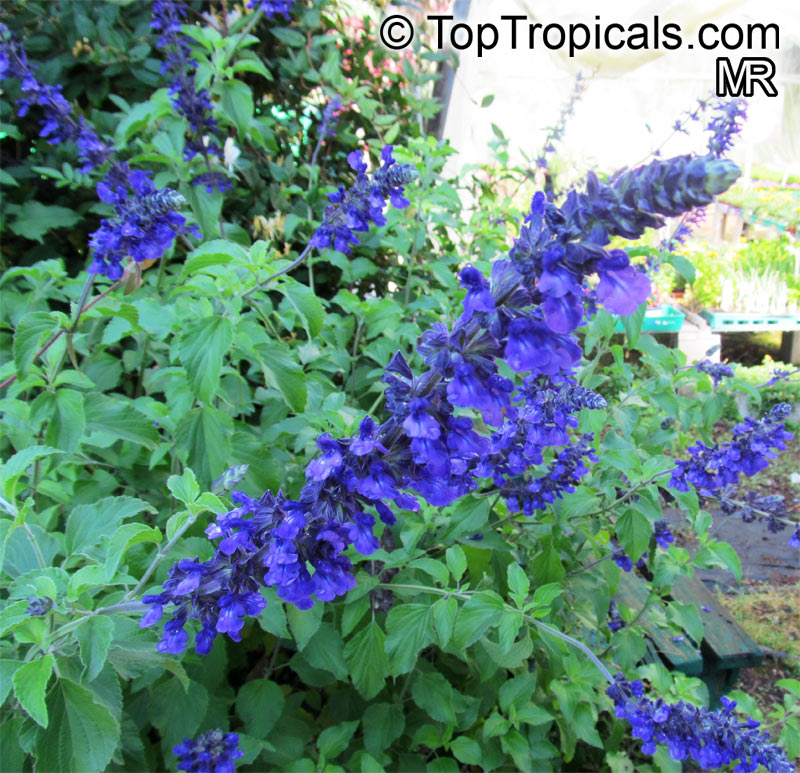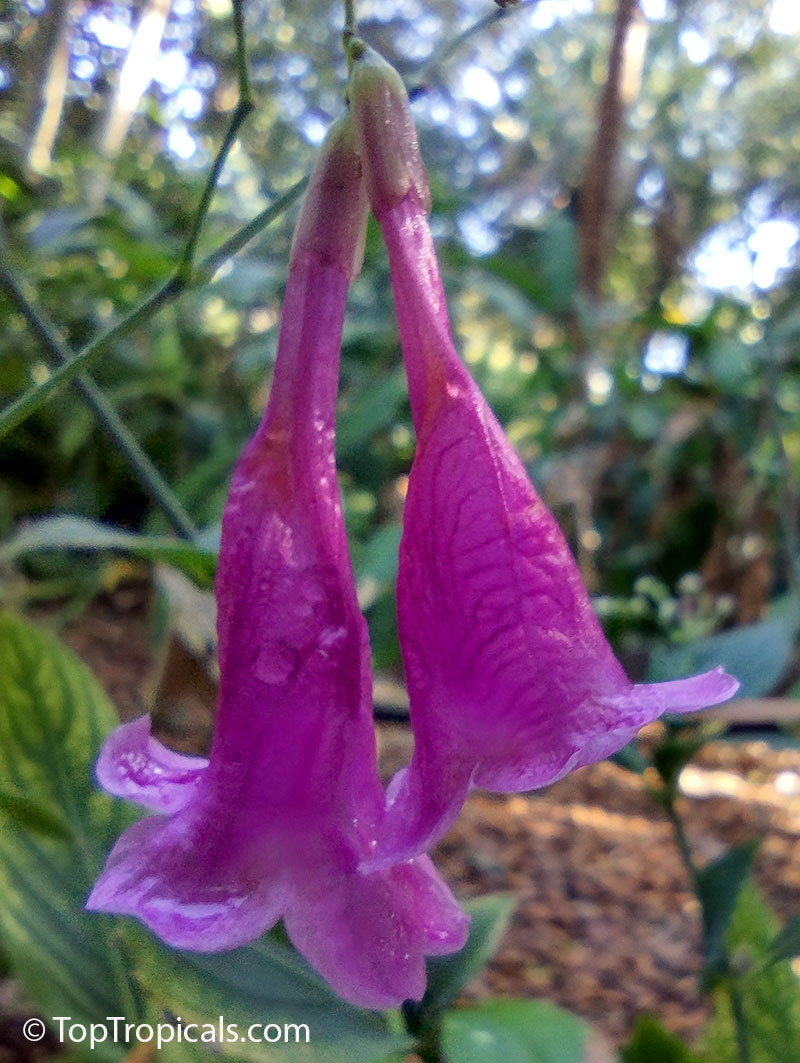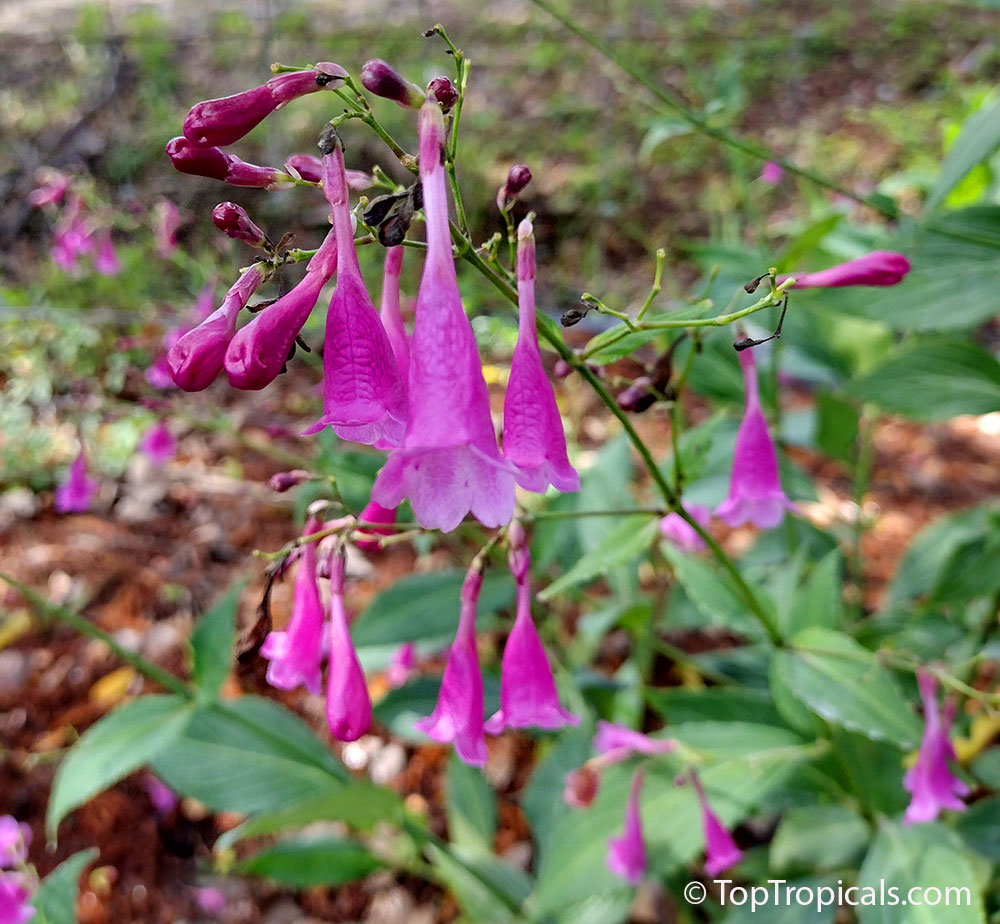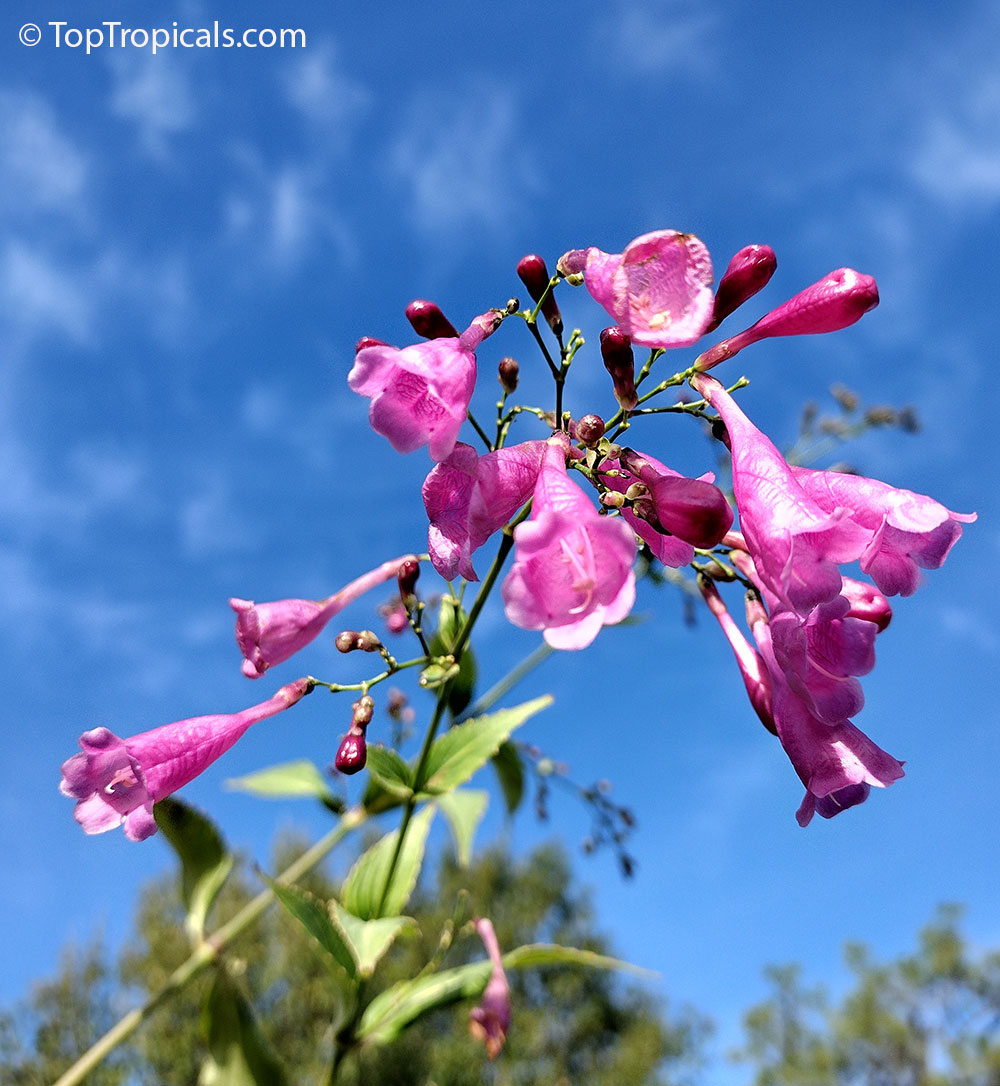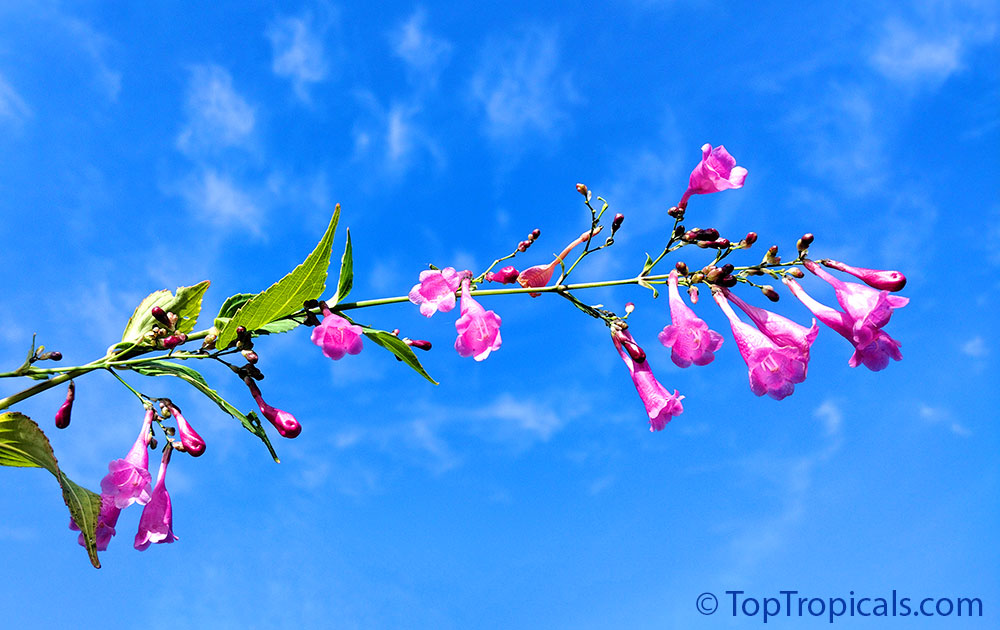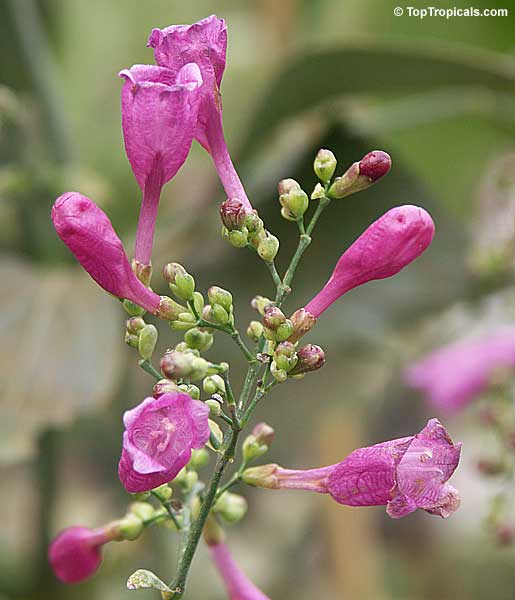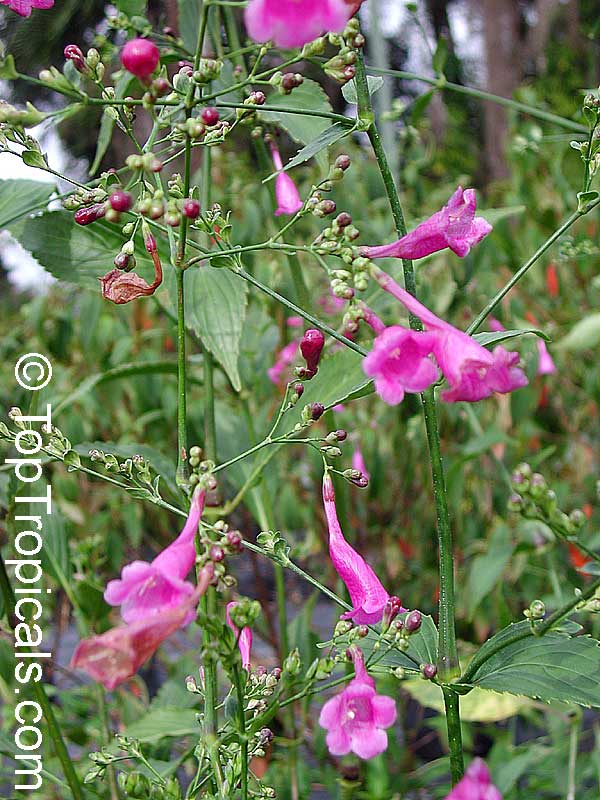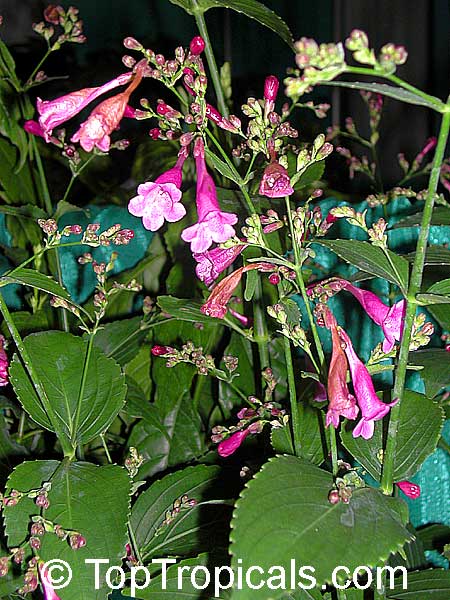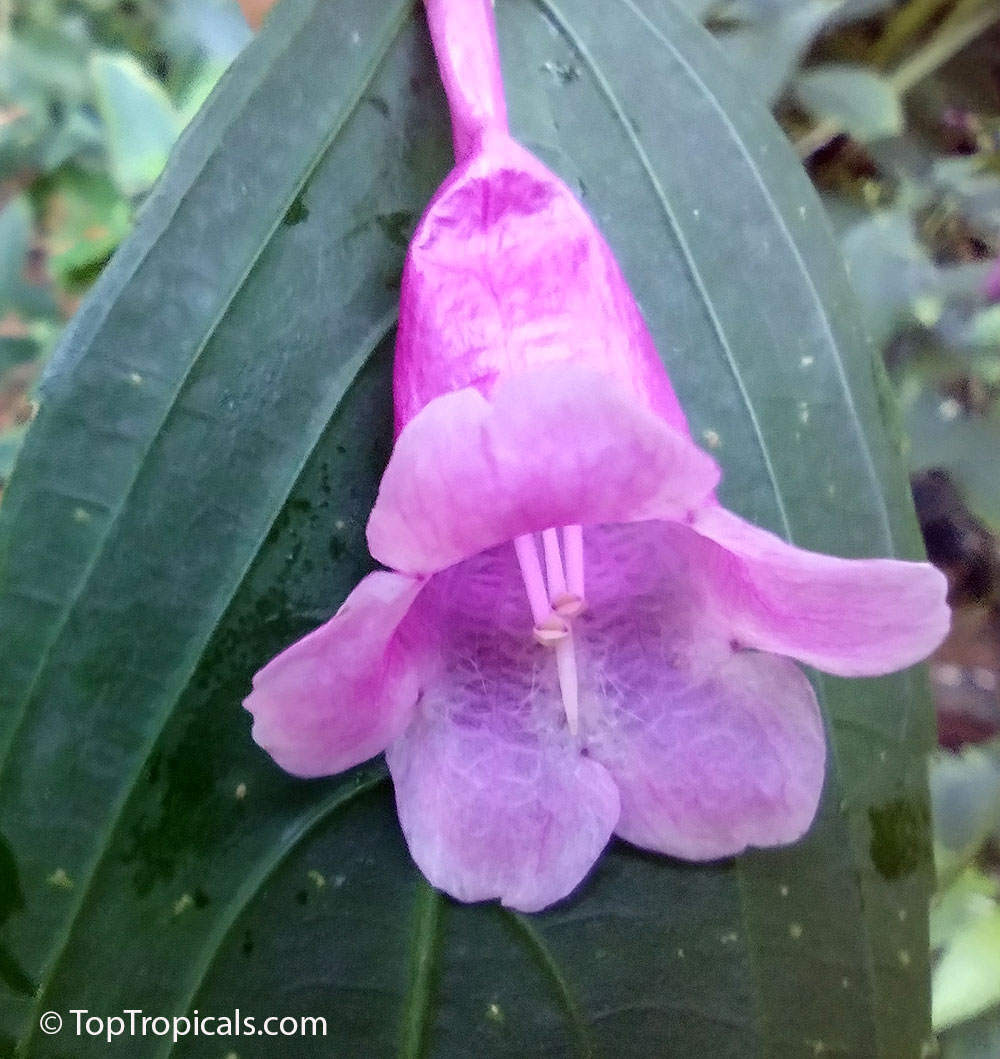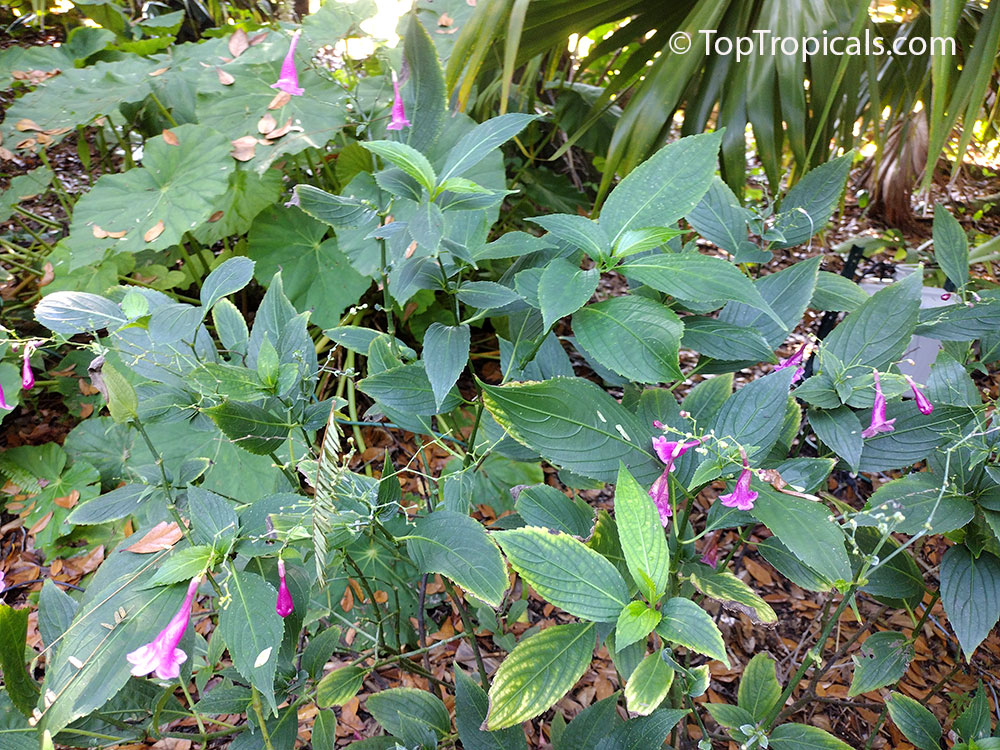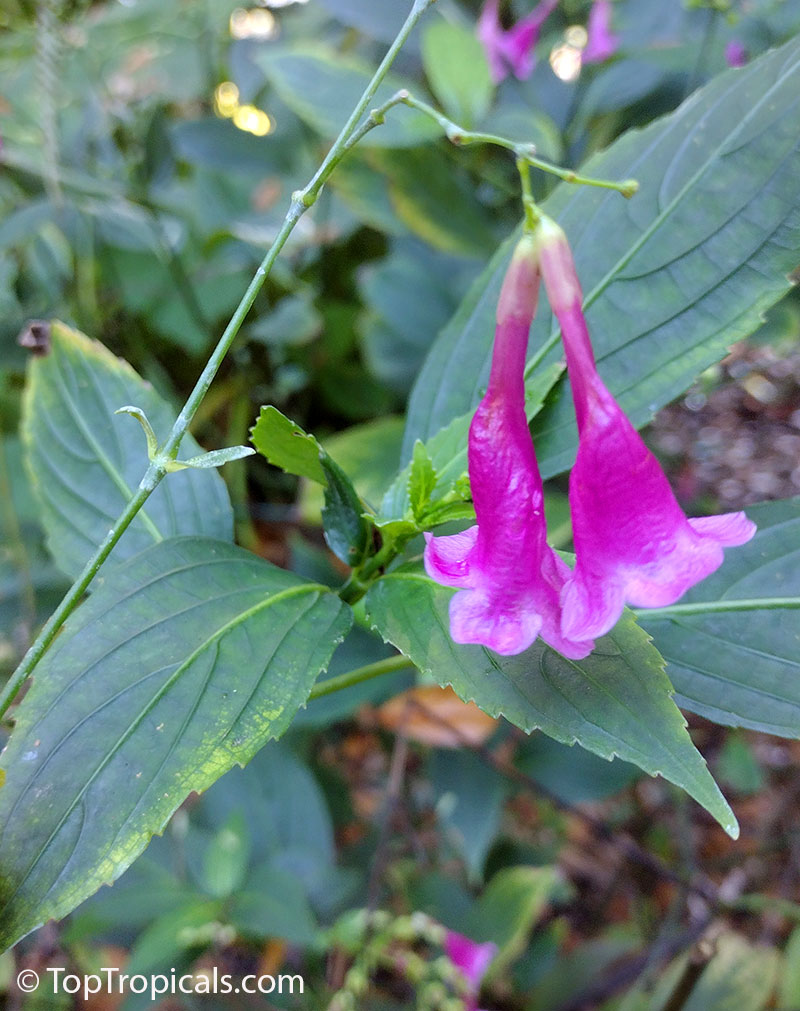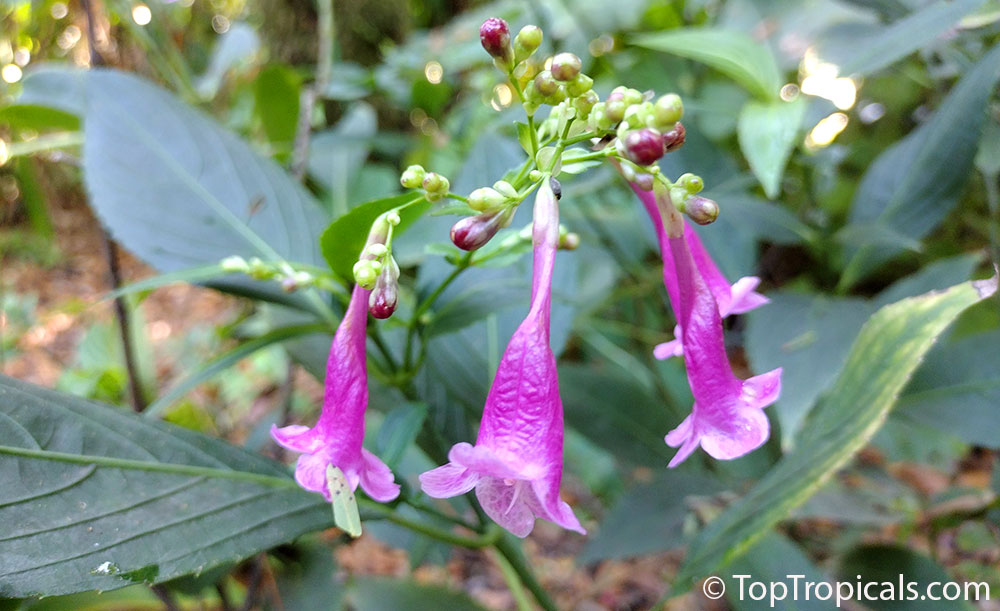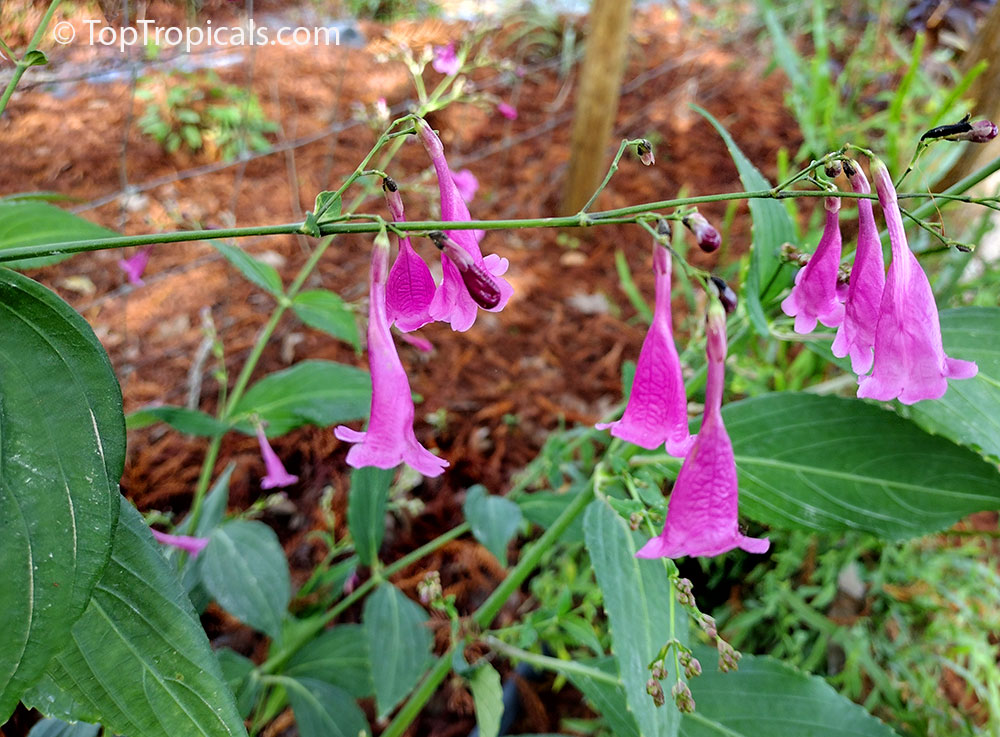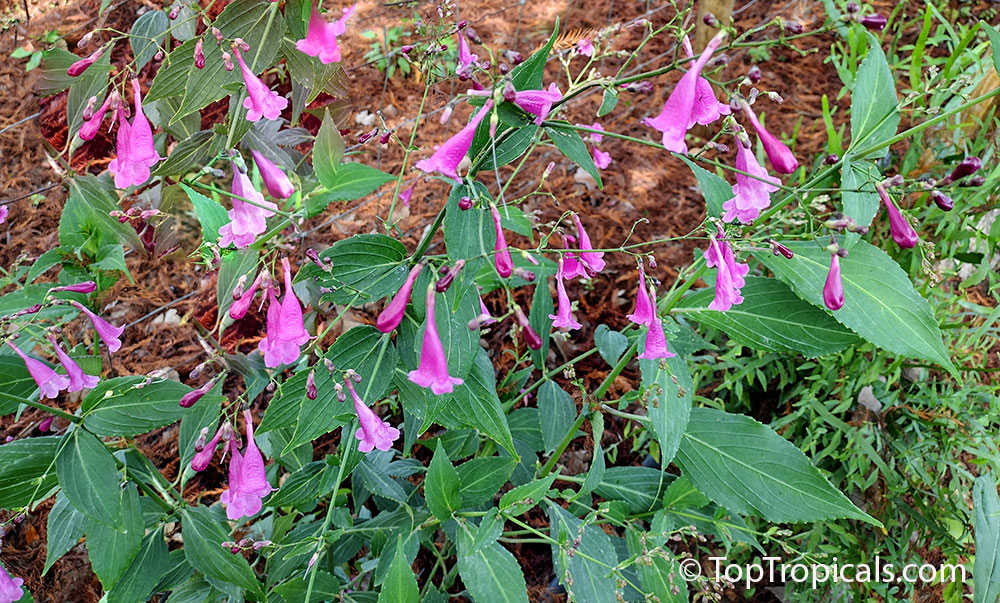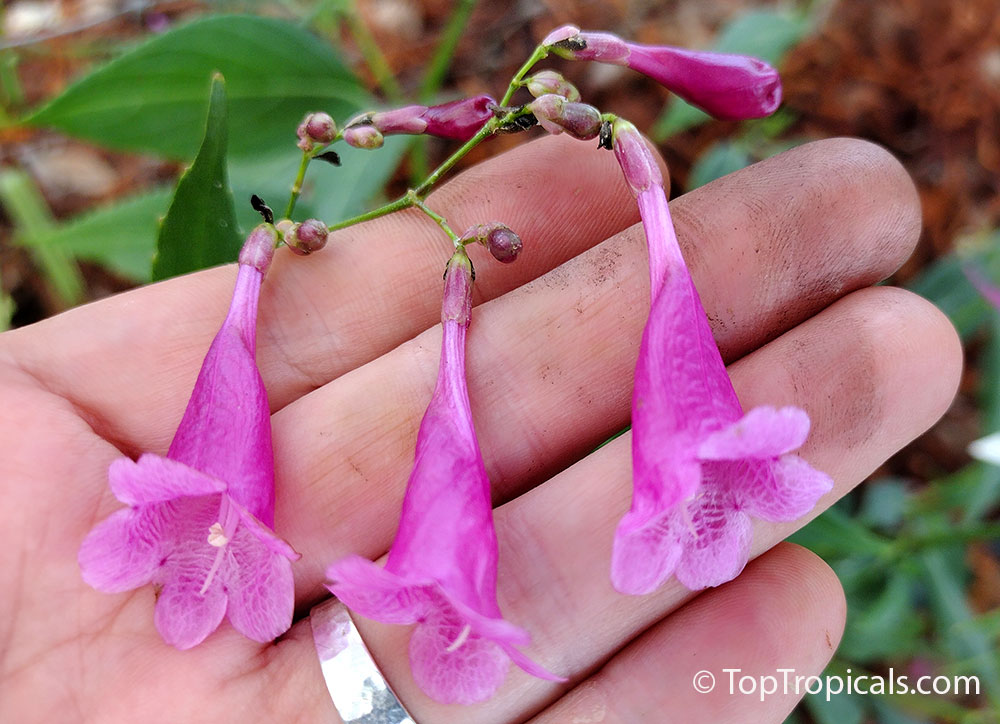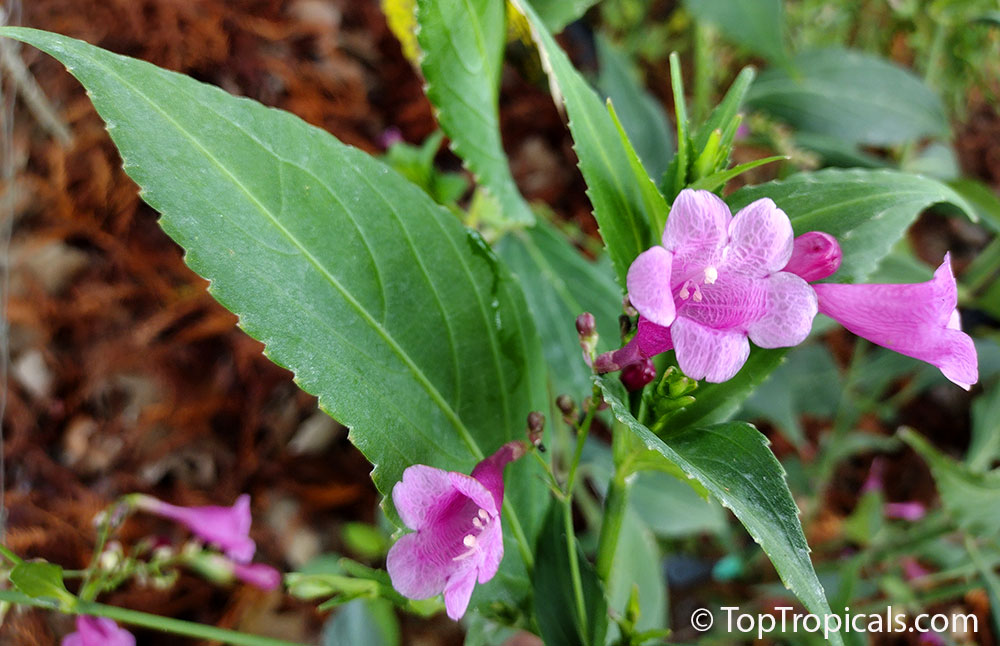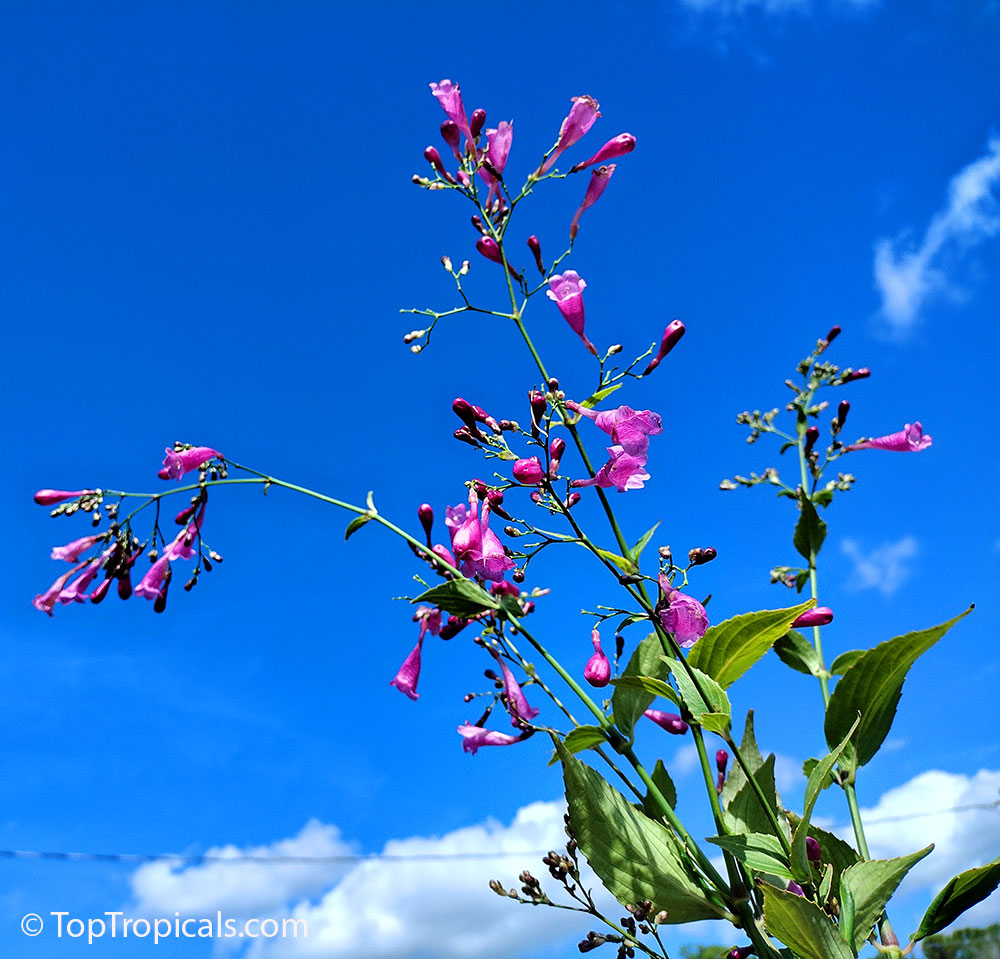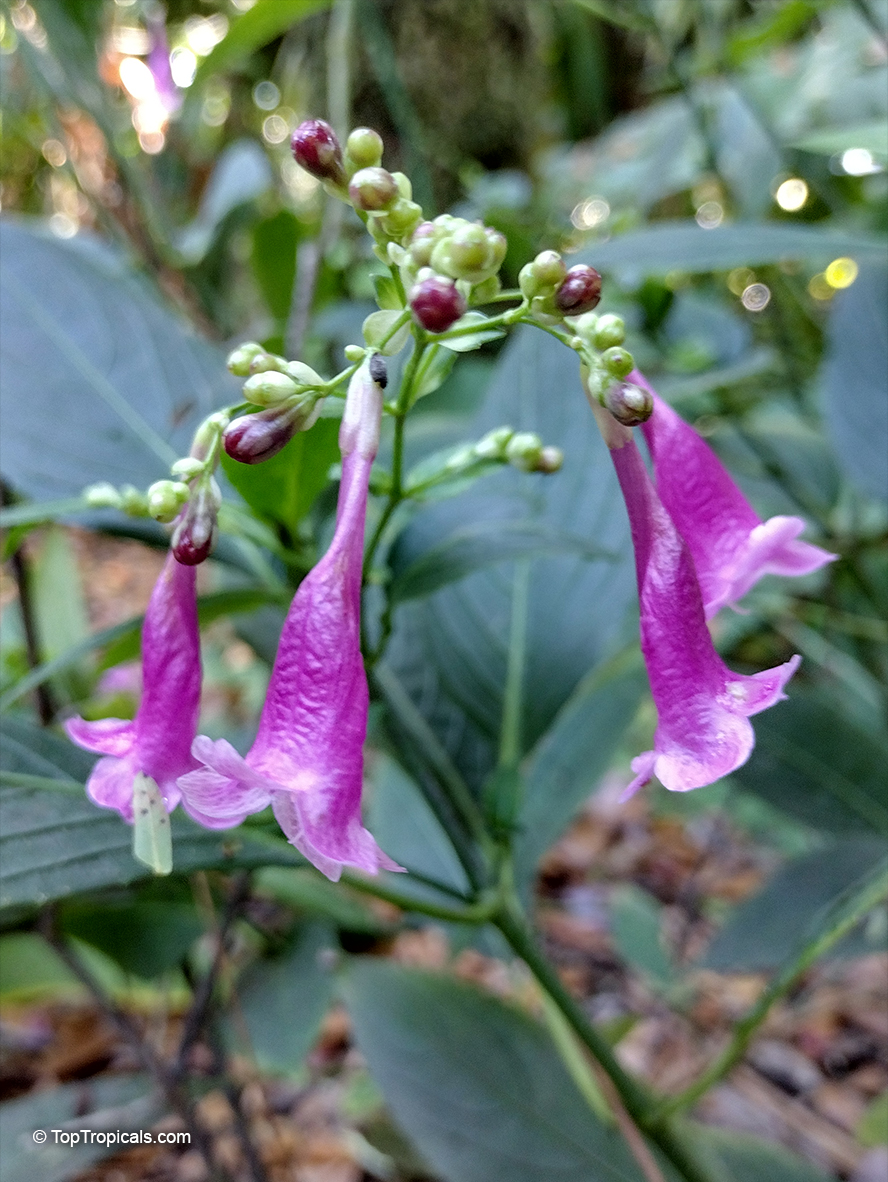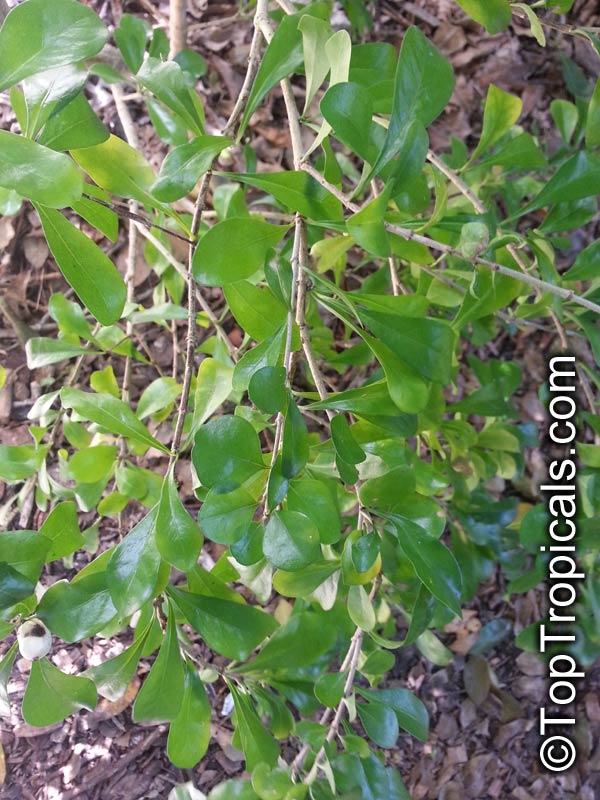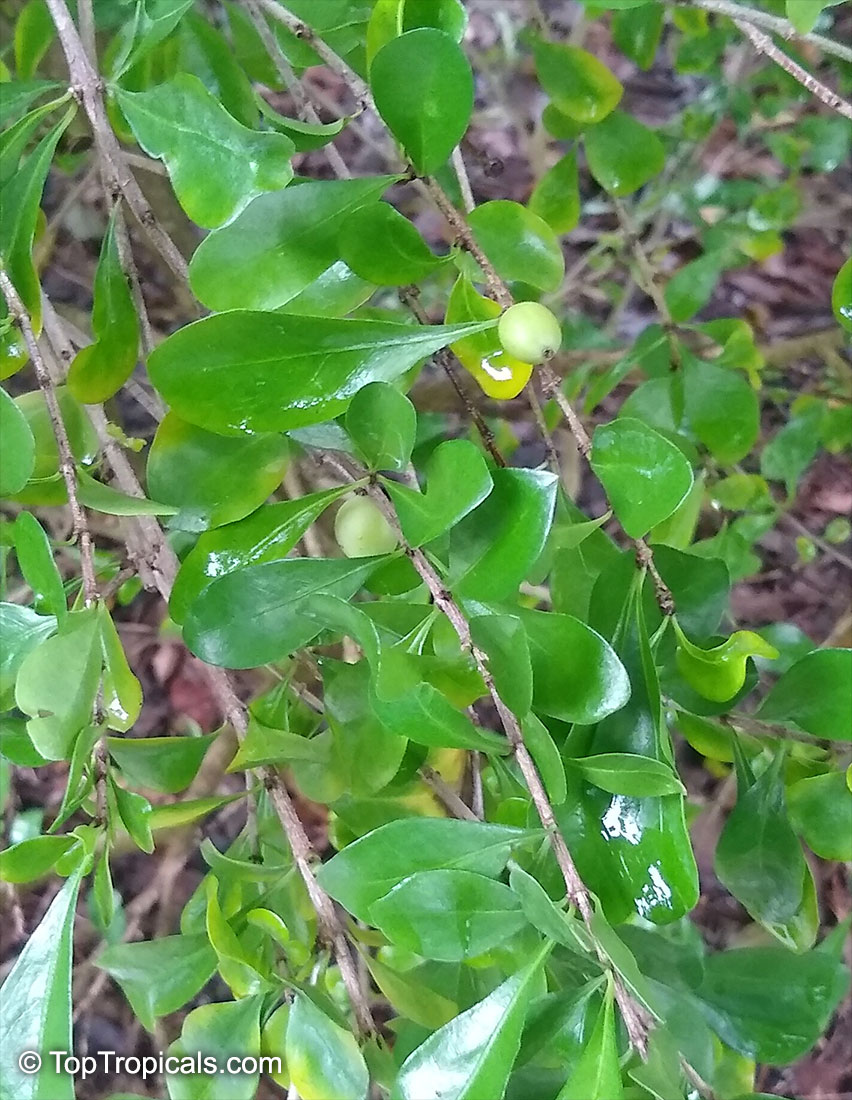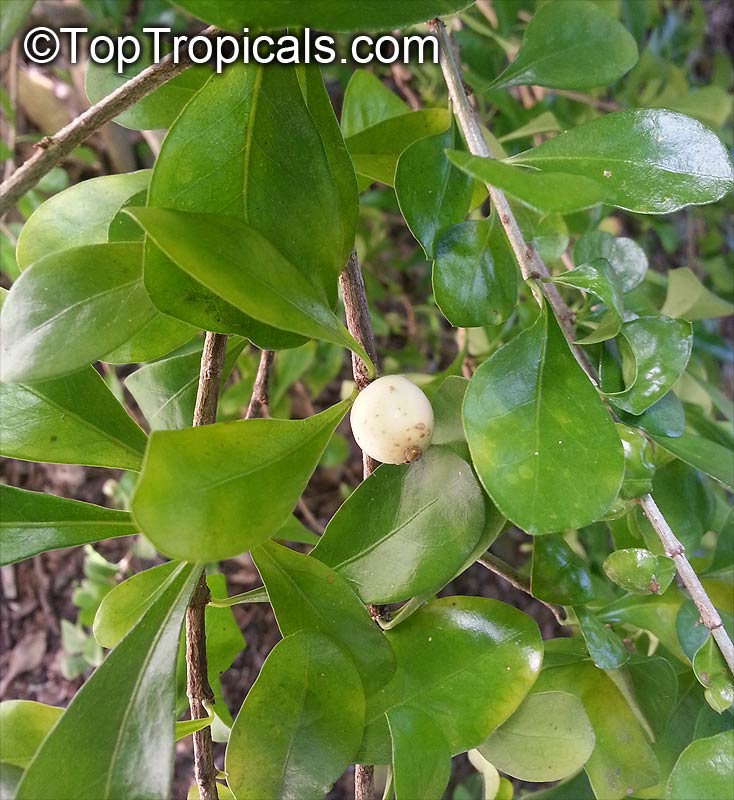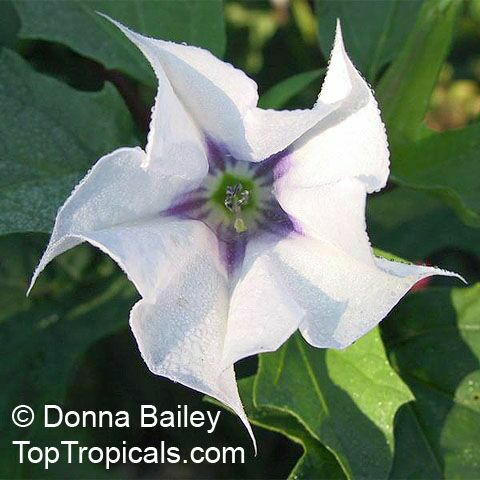Indigo - Search results
| Number of plants found: 12 | Next | 
|
Go to page: | 1 | 2 |
Botanical name: Amorpha fruticosa
Common name: Desert False Indigo
Family: Fabaceae
Subfamily: Faboideae
Origin: North America











Desert Indigo is great for a butterfly garden.
Botanical name: Baptisia cinerea
Common name: Grayhairy Wild Indigo
Family: Fabaceae
Subfamily: Faboideae






Botanical names: Indigofera gerardiana, Indigofera heterantha
Common names: Gerard's Indigo, Himalayan Indigo
Family: Fabaceae
Subfamily: Faboideae










It's a larger shrub growing 5-10 ft tall in sunny to semi-shade areas. Indigofera gerardiana is tolerant of drought, however for best results it should be watered regularly, about twice a week, making sure the soil does not dry out. It's a deciduous plant and grows in USDA zones 7-10. It adds color to the garden and attracts butterflies, hummingbirds and other pollinators.
This large shrub will flower all summer as long as it gets adequate sun and water. For best growth, place the Indigofera gerardiana in a position that gets at least six hours of sunlight a day, but it will also tolerate light shade. It should be watered regularly, about one to two times a week depending on the soil, checking for dryness and making sure the soil does not dry out.
For colder regions, gardeners can grow plant in a pot. For pot grown plants, water more regularly during hot summer months and make sure the soil is not completely dried out. Feed the plant with a balanced fertilizer once a month during the growing season and keep the soil slightly moist.
Indigofera gerardiana is a large flowering shrub that adds color to the garden and attracts pollinators. While it's relatively easy to care for, it needs regular water and full sun to semi shade to reach its full potential. For colder regions, growing it in a pot and making sure the soil is slightly moist will help the plant survive the winter and flower in the summer.
Botanical name: Indigofera spicata
Common names: Creeping Indigo, Trailing Indigo
Family: Fabaceae
Subfamily: Faboideae
Origin: Tropical Africa










A short-lived herbaceous plant with creeping or scrambling stems. Its alternately arranged leaves are once-compound with 5-11 leaflets these oblong leaflets have hairless or sparsely hairy upper surfaces and densely hairy undersides. Its small pink or pinkish-orange pea-shaped flowers are arranged in elongated clusters.
I. spicata is native to Africa, Madagascar and throughout South and Southeast Asia, and was introduced to the Americas in tropical areas. It effectively controls soil erosion, even under heavy rainfall on slopes, hills and undulating land.
This plant contains indospicine and is notably toxic to many grazing animals.
Botanical name: Indigofera suffruticosa
Common name: Upright Indigo
Family: Fabaceae
Subfamily: Faboideae
Origin: Tropical America







Botanical name: Indigofera tinctoria
Common names: True indigo, Chinese Indigo, Ezo-Yama-Hagi
Family: Fabaceae
Subfamily: Faboideae
Origin: SE Asia








Indigofera tinctoria (True indigo) is a large shrub, growing 5-10 ft tall and is native to SE Asia. The refreshingly bright, pea-like flowers bloom heavily in June and July, and can sometimes continue intermittently all the way to September. It is grown in USDA Zone 5-11, and prefers full sun and regular water. Apart from its use in making indigo dyes, this shrub has a long ethnomedical history. It is a great garden plant that attracts bees, butterflies, and hummingbirds.
When mature, the plant is hardy to temperatures as low as 30 degrees F for a short period of time. Planting in pots and keeping them indoors during cold weather is also an option for gardeners living in regions with cold weather. To ensure healthy growth, Indigofera tinctoria needs a long growing season. As the flowers bloom on new growth, it is important to prune the plant in late winter or early spring to promote fresh and abundant blooming. With the correct care, this plant will reward you with beautiful blooms and a pleasant, vibrant atmosphere in the garden.
Even more, you can make Indigo dye that has been used for a long time. The leaves of the plant contain a substance called indican, which must be treated with a special process to make the dye. To make the dye, you put the fresh leaves of the plant in water for at least 12 hours, stirring it often. When you are done, you will have a blue substance which is the dye.
Botanical name: Salvia longispicata x Salvia farinacea
Common name: Indigo Spires Salvia
Cultivar: 'Indigo Spires'
Family: Lamiaceae









Long spikes of deep indigo blue, tubular flowers are borne continuously from spring to frost on this vigorous perennial Salvia.
Salvia 'Indigo Spires' is a cross between Salvia longispicata and Salvia farinacea. The plant was discovered as a chance hybrid at the Huntington Botanical Gardens, growing near the presumed parent plants.
Botanical names: Strobilanthes flaccidifolius, Strobilanthes cusia
Common names: Assam Indigo, Chinese Rain Bell, Pink Strobilanthes, Vein Leaf Acanthus
Family: Acanthaceae
Origin: South Asia









Impressively statured herbaceous shrub with thickened veins and bright pink flowers. Very showy and useful plant. The leaves contain 0.4 - 1.3% indican, which can be hydrolyzed and oxidized to produce the classic Blue Indigo Dye. A dark Blue dye is obtained from the twigs. It is combined with Turmeric (Curcuma longa) to make Green, and with Safflower (Carthamus tinctorius) to make Purple. The source of famous dye Assam Indigo, it was formerly cultivated on quite a large scale as a dye plant in China and India. Fresh juice from the leaves is used on Okinawa Island, Japan as a popular remedy for athlete's foot.
See Article about this plant: Strobilanthes, Chinese Rain Bell - a source of Blue, Green, and Purple.
Botanical name: Randia aculeata
Common name: White Indigoberry
Family: Rubiaceae
Origin: Central America










Randia aculeata loves the sun and should be planted in full sun for best growth and flowering. It will grow in partial shade as well, but flowering will be reduced. When young, Randia aculeata is often confused with a variety of other shrubs with reddish-colored spines. This is a large shrub, five to 10 feet tall and 5-6 feet wide. It is usually rounded and spreading in form, although it can be trained as a small tree.
Grown in USDA Zone 9-11, Randia aculeata is a very drought-tolerant and salt-tolerant plant. It will require regular waterings but can go extended periods without unless it is in extreme heat. It is a rare plant on the seaside but is tolerant of salt spray and windy conditions.
Randia aculeata has long been used for medicinal purposes in its native region of Central America. The fruits of the plant are often made into teas and used to ease indigestion and bring down fevers. It has also been used to treat respiratory problems, jaundice, and rheumatism. In addition to its medicinal uses, Randia aculeata is also a great plant for attracting butterflies, hummingbirds, and bees to the garden.
In potting for cool regions, Randia aculeata should be grown in part sun to light shade and be protected from severe cold. It should be in a well-draining potting soil and watered regularly, although it should not be kept constantly moist. It is a moderate feeder and should be fertilized lightly in spring and summer. In winter, water it sparingly and give no fertilizer. The Randia aculeata shrub can become root bound so repotting may be necessary every few years. If needed, the plant can be pruned lightly in late winter to shape.
Botanical name: Datura discolor
Common names: Desert Thorn Apple, Devil's Apple
Family: Solanaceae
Origin: Mexico








Pleasantly fragrant, six inch white flowers flushed purple or indigo in the throat.
Datura discolor is similar to Datura stramonium
.
| Next |  |
Use link to repeat this search:
https://toptropicals.com/cgi-bin/garden_catalog/cat.cgi?find=indigo&search_op=and&keyword_op=and&language=e&number=10
&no_change_lang=1&user=tt&sale=1&first=0
